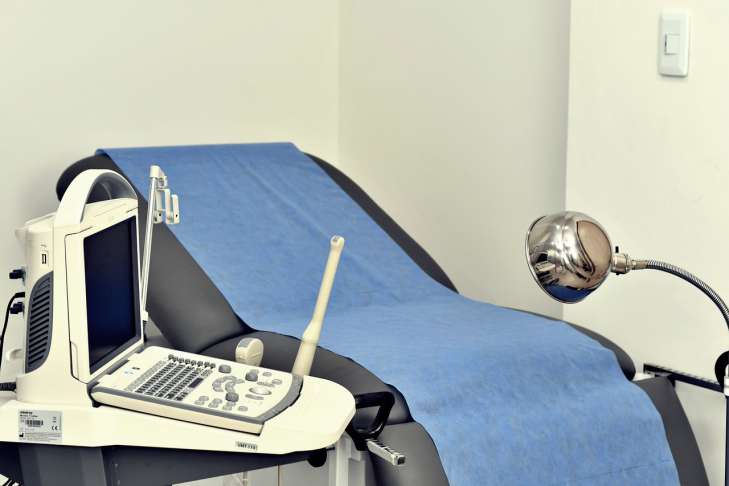If you have PMS, you need to seek help from a gynecologist or endocrinologist. PMDD is a mental disorder and is dealt with by a psychiatrist and very often in collaboration with gynecologists or endocrinologists.
What is PMDD
Clear signs of the disorder are feelings of hopelessness, sadness, fatigue, daytime sleepiness, decreased vitality, and self-judgment.
Premenstrual disorder occurs in 30–97% of cases in women who have previously experienced depression.
The development of PMDD is based on the individual sensitivity of neurotransmitters and neuropeptides to fluctuations in the levels of sex steroid hormones of the ovulatory menstrual cycle, therefore, for the treatment of PMDD, hormonal therapy drugs are used - combined oral contraceptives (COCs), which suppress ovulation.
Research shows that up to 75% of people who menstruate experience PMS.

However, PMDD is less common, with 3–8% of people developing symptoms that can interfere with daily life.
How to tell if you have PMDD
With PMDD, symptoms occur regularly and only in the 2nd half of the menstrual cycle;
These symptoms disappear with or shortly after menstruation.
The mood is significantly depressed, and anxiety, irritability and emotional lability are pronounced. Suicidal thoughts may be present.
We previously talked about seasonal affective disorder.









